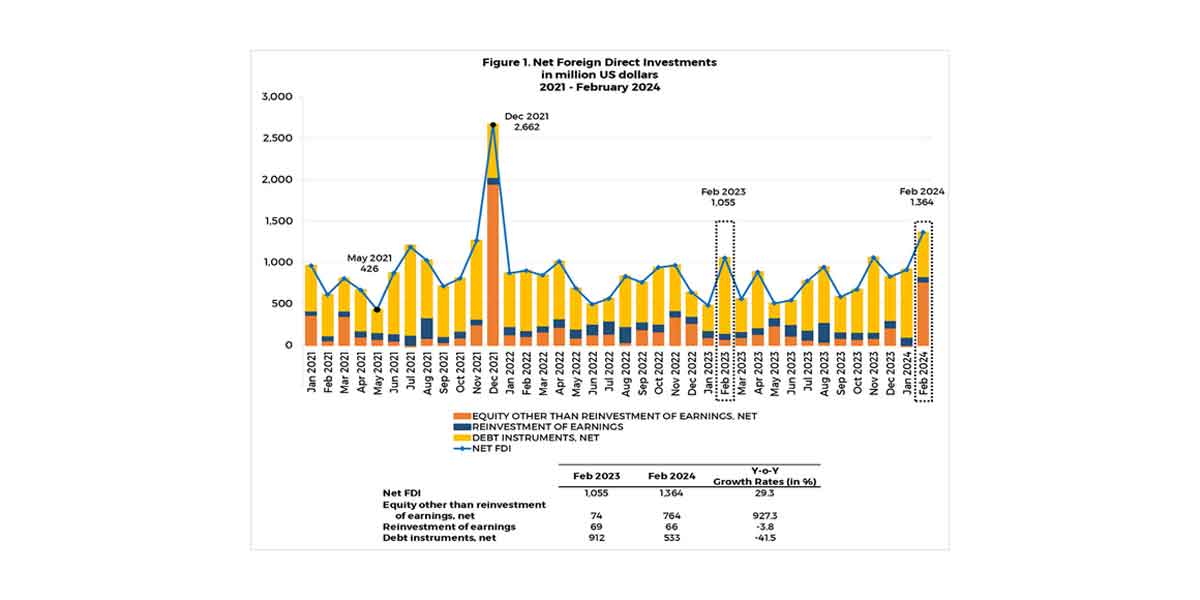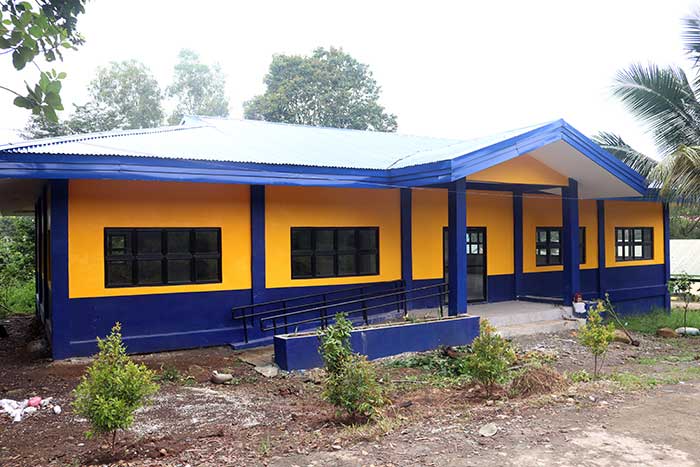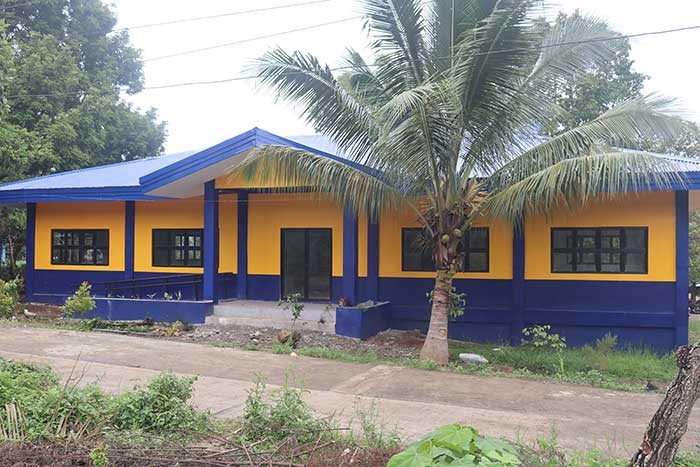Serving as an evacuation center, a new multi-purpose building was delivered by the Department of Public Works and Highways (DPWH), Negros Occidental 1st District Engineering Office for the people of Barangay Minoyan in Murcia, Negros Occidental.
The ₱6-million structure involves the construction of a 240-square meter evacuation center, strategically situated near Barangay Minoyan hall, a covered court and a primary school. The structure is equipped with necessary amenities such as restrooms, shower rooms and multi-function rooms that will also serve as venues for meetings, social gatherings, and other local activities.
Based on the report of OIC-District Engineer Dene B. Baldonado, Jr., DPWH 6 OIC-Regional Director Sanny Boy O. Oropel said the building is significant and beneficial especially since the barangay is prone to hazards.
“Barangay Minoyan is vulnerable to rain-induced landslides. Hence, this evacuation center is an important structure that people can use as a temporary shelter in times of calamities and unwanted circumstances,” OIC-RD Sanny Boy O. Oropel said.
“This evacuation center is an essential emergency response effort we do for the welfare of the people in the community. This will serve as a valuable resource in times of other emergencies, providing safer and conducive shelter,” RD Oropel added.
“In times of emergencies, this center can provide a place for people to go and receive information about the emergency. This may also provide a safe place for people to receive medical attention or counseling services,” RD Oropel stressed.
In addition, OIC-District Engineer Dene B. Baldonado, Jr., said the presence of this evacuation center is essential, especially in disaster-prone areas like Barangay Minoyan, providing strong shelter for displaced people due to effects of calamities and disasters.
“This evacuation center will serve as a refuge for those who need to evacuate their homes. This will also serve as a venue where shelter, food, and other basic needs be given to the evacuees. Significantly, this may serve as a central location for reuniting family members who are separated during a disaster,” OIC-DE Baldonado said.
“Other than keeping people safe, this structure is a tangible way of informing people during an emergency. By having a designated evacuation center, people will know where to go in case of an emergency. This can reduce panic and confusion, and help people take the necessary steps to stay safe,” DE Baldonado added.
DPWH will continue to contribute to the country’s disaster risk management by building disaster-resilient infrastructures that will provide multiple benefits to the public, especially in times of disasters. (DPWH)




















